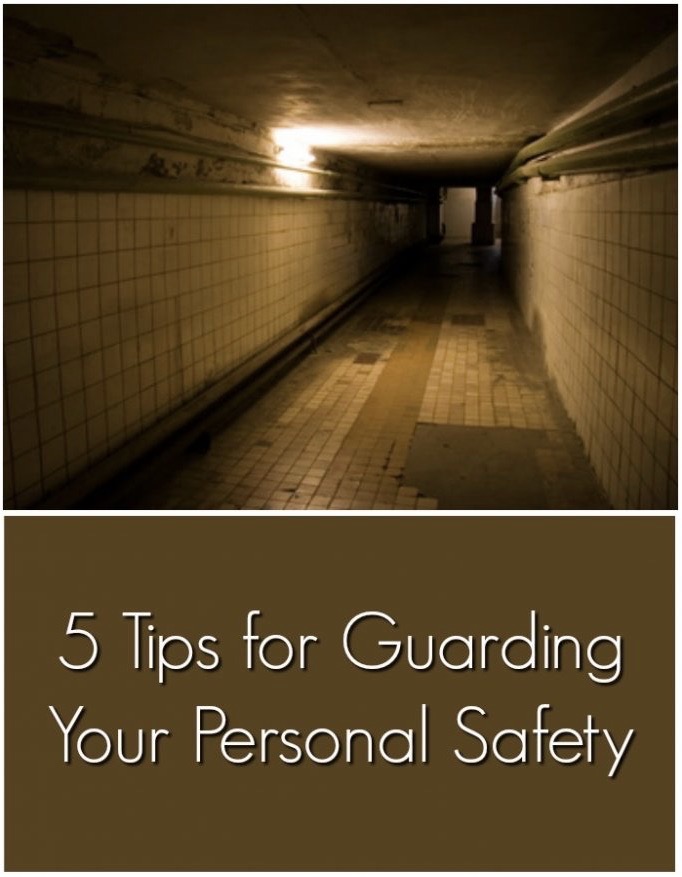The assault and deaths of an Anamosa State Penitentiary Correctional Nurse and Correctional Officer underscore the importance of continual vigilance of personal safety by correctional nurses. The nursing profession, as a whole, is at a high risk for workplace violence and reports of patient violence in emergency rooms, mental health facilities and geriatric settings are on the rise. A survey by the Emergency Nurses Association found up to 11% of emergency nurses are victims of physical violence annually. There is currently no available data on the number of nurse injuries due to patient violence in corrections.

Although some states have elevated assault on nurses to a felony, it is questionable if this will be a deterrent to assaults on Correctional Nurses by individuals already incarcerated.
Five Tips for Guarding Your Personal Safety
In some ways, correctional nurses have advantages in preventing violent patient attack. Custody officers are usually accessible and there is an increased awareness of potential harm. However, like all professionals, we can get complacent over time when interacting with a familiar group of patients. Take this opportunity to reduce your risk of workplace violence by following these tips:
1. Don’t Go it Alone: Always know how you can reach a CO in an emergency. Review your care delivery area. Can an officer see you at all times? If not, do you have an emergency buzzer or personal alarm available? Be sure you know where it is and how to use it before trouble arises.
2. Watch Your Back: Be sure all treatment rooms and enclosed areas are set up to allow staff immediate escape. For example, have the exam table in the corner away from the door. The nurse or provider should have the door at their back. A patient should not be able to block staff at an exit at any time.
3. Don’t Get Too Close: Maintain professional boundaries with your patients. Familiarity can lead to a casual attitude and relaxed safety guidelines. This is even more likely to happen in low-security or minimum security settings. Don’t assume you are safer because you are not working in a Super Max facility.
4. Safety in Numbers: Travel about the facility in pairs or groups. If you do not have an officer escort, take another staff member. This decreases the chances of one-on-one violence. If your healthcare unit is a distance from the gate, arrange to walk to and from the gate in groups during shift change.
5. Stay Out of Danger Zones: Know your facility layout. Determine the secured routes to and from the various areas (Medical Unit, Mental Health Unit, Ad Seg, etc.). Don’t take unknown routes and don’t take chances. If possible, have an officer in eye view as you travel.
Please be ever mindful of your practice environment and Stay Safe!
These tips will help reduce your risk of injury from workplace violence. What tips can you add to the discussion? Use the comment box to post your suggestions and experiences.
Photo Credit: © Stas Perov – Fotolia.com
Bernadine Ukegbu-Anyadike (LT). says
Admin should ensure that the environment is well lit at all times including parking lot.
Lori Roscoe says
Thank you Bernadine – that is a great suggestion!
Anonymous says
what about attending some self defense classes???
Lori Roscoe says
Also a wonderful suggestion! Thanks!